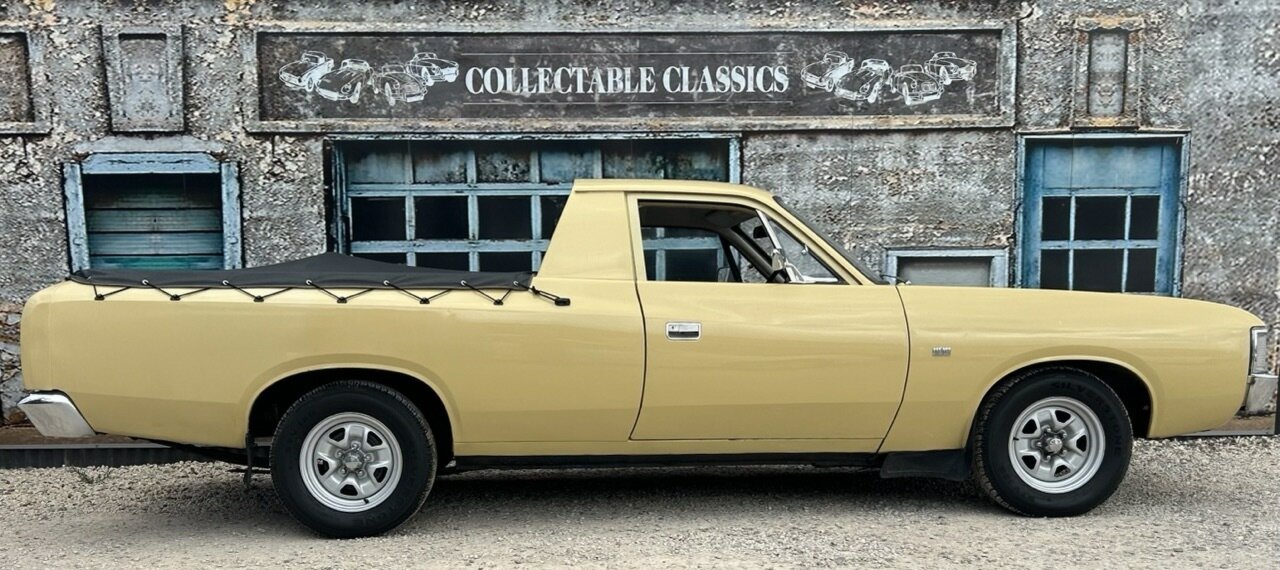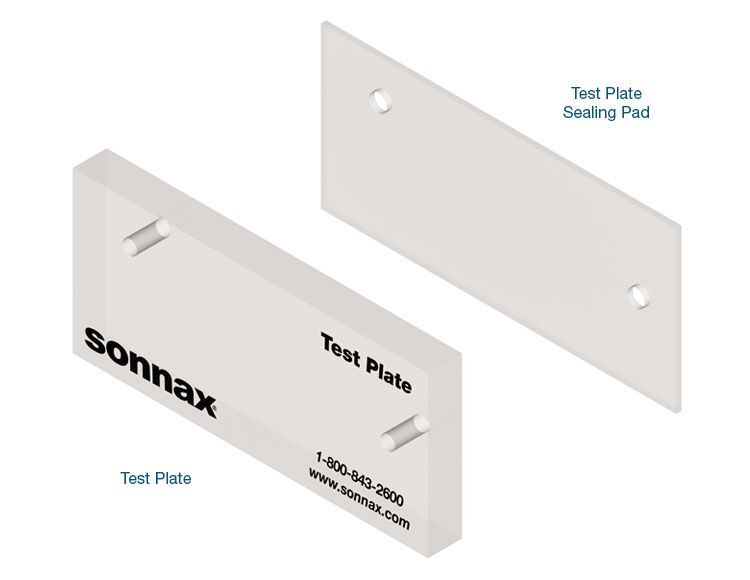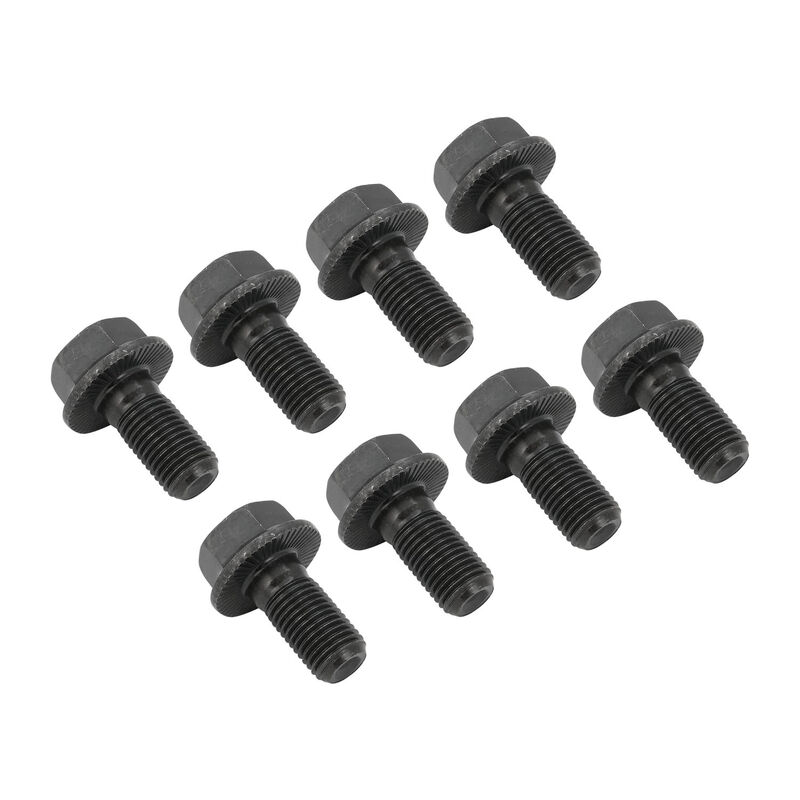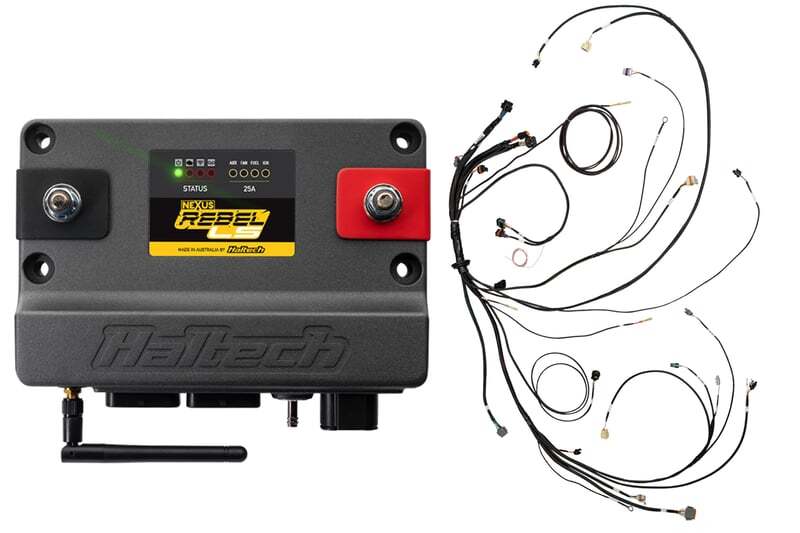VALE Jim Wangers
Jim Wangers, one of the most revered names in Pontiac circles and a passionate advocate of the brand for decades, passed away on 27 April. The man who had a hand in the development and promotion of iconic Pontiac models like the Firebird Trans Am and GTO The Judge was 96 years old.

While many, rightly, associate him with Pontiac, Wangers was far from a “one make” guy, nor was he involved in the automotive industry from the outset. After serving in the US Navy, Wangers got into publishing, working alongside Hugh Hefner at Esquire magazine and reportedly declined an offer to join Hefner when he was about to launch Playboy magazine.
From magazine publishing, Wangers moved into advertising with a range of agencies, initially involved with the Kaiser-Frazer account before that company stopped making cars in 1953. He then moved to Chevrolet’s agency, followed by Plymouth’s before joining Pontiac’s Detroit-based agency, McManus, John & Adams, in 1958.
Even before then, Wangers had been alert to the growing demand for performance from America’s car buyers and sought to have Chevrolet involved in racing at a factory level, but his pleas were ignored, at least initially.

At Pontiac, he found a more receptive audience, as that marque was in the process of turning around its image from that of “Dad Car” to one that would appeal to younger buyers – and performance was seen as the way to do it.
Practising what he preached, Wangers raced a Pontiac Catalina in National Hot Rod Association (NHRA) sanctioned drag racing competition and convinced the NHRA to hold their sixth annual Nationals in Detroit in 1960. There, Wangers drove a 389 V8 Catalina automatic producing 363hp to victory in the Stock Eliminator class.
As the major manufacturers were still reluctant to go all in on racing at a factory level at this time, they often did it through dealers, so Wangers drove for ‘Royal Pontiac’ of Royal Oak, Michigan. His success on the quarter mile, along with what other drivers achieved, led to Royal Pontiac becoming he go-to place for Pontiac performance cars and parts.

Wangers’s influence saw aftermarket performance and cosmetic parts become available through Pontiac dealers, but his next major achievement was to convince Car and Driver magazine to do a comparison test between a Ferrari GTO and Pontiac’s then new Tempest-based GTO in 1964. Unbeknown to the testers, the Pontiac was running a specially-prepared 421ci V8 instead of the factory 389, explaining why it was able to beat the Ferrari in a straight line and reach 100km/h from standstill in under 5.0 seconds. The car and the article arguably kickstarted the whole muscle car era.
Further marketing nous from Wangers led to the GTO-based ‘Monkeemobile’ and development of the GTO ‘The Judge’ factory model for 1969, amongst many other promotional activities. Although he left McManus, John & Adams in 1972, Wangers would remain involved in the automotive industry, both as a consultant for various carmakers (particularly Pontiac) and as the principal of a Chevrolet dealership in Milwaukee. In the former capacity, he played a part in the creation of the Chrysler 300H, Mustang Cobra II and Pontiac Can Am, amongst others.

Wangers returned to publishing in the 1990s, with Pontiac Enthusiast magazine, and also published Glory Days, a memoir of his time at the cutting edge of Detroit’s high horsepower era. Wangers built up a fine collection of cars, too; mainly Pontiacs (including several Firebird Trans Ams), but with a few Chevrolets in the mix, amongst others. Interestingly, one of Wangers’s cars was a 2004 Pontiac GTO; the modern take on a famous name that was based on Holden’s V2 Monaro.
The muscle car revival of the new millennium that saw the fifth-generation Mustang reskinned with a retro-inspired body and the Camaro resurrected also saw new interest in Pontiac muscle from the golden era, leading Wangers to collaborate with Big 3 Performance on the ‘Jim Wangers Signature Edition’ 1969 Pontiac GTO Judge. Released in 2008, the Signature Edition was a restomod combining original-era GTO bodies with modern, Pontiac-based running gear.

In 2010, Wangers visited Australia as a guest of the Pontiac Car of Australia and spoke at length about his association with Pontiac and other topics from his longtime involvement with the American auto industry, including his thoughts on why the modern GTO failed in the US – taking notes from a lecture series he’d conducted called ‘Who Killed Pontiac?’.
Moving to California in his later years, Wangers sold off some of his collection (including a 2000 HSV GTS-R) via a Mecum auction in 2019. Although in ill health and suffering from dementia as he entered his 90s, Wangers could still recall details from his time in the industry as recently as last year.
JUST CARS extends its sympathies to Wangers’s family and friends.













